I have been following Jess’s work for almost as long as I’ve been into photography. I discovered her YouTube channel when I was first learning film, and I have been obsessed ever since. Jess has a unique talent for telling thought-provoking, captivating stories like no one else I know.
Her videos look as though they could be produced by a professional film company, and they always leave me itching to pick up my camera and get out there shooting myself. Even on my most unmotivated days, all I simply have to do is queue up a Jess Hobbs video and my creative juices start flowing. Our chat was such a treat, and I truly hope you enjoy it as much as I did!
I’m so especially excited for today’s interview, so thank you for taking the time to chat. Could you start out by telling us a little bit about yourself?
Thanks for having me, Danielle! My name is Jess Hobbs, and I’m a film photographer based out of the Montreal, Quebec region. I’ve been shooting film since I was a kid, but I only really started taking it “seriously” in 2014/2015, when I bought my beloved Mamiya RB67. I like to photograph a wide variety of subjects, but my favourite place to shoot is in the woods on the family farm.
That leads well into my next question! What got you into film photography and what inspired you to buy that Mamiya RB67?
My parents gave me a little Vivitar point-and-shoot for my 9th birthday, and I carried that thing with me everywhere! I was the annoying kid always trying to catch people while eating or something, just so they would have funny faces!
In university, I took a few photography classes that focused on darkroom techniques, and I fell in love with being able to print my own negatives. The only thing was that when I finished my degree, the digital craze was kicking into high gear, and film shops and labs in my small town were closing up left and right. So, I did like a lot of others did, and I bought a digital SLR – a Pentax K20. It was a good enough camera, but I didn’t connect with it the way I did with film, so I actually stopped photographing for a while.
It was when I moved to Montreal in 2013 that I discovered there was still a vibrant film community, and that gave me the kick in the butt to buy some new cameras. I was always stealing my fiance’s Olympus OM-1 or Canon AE-1, so I decided it was time to buy my own camera, which is how I ended up buying the RB67. I was reading Ansel Adams’ The Camera at the time, and he was talking about how 6×7 was the perfect format. After doing a bit of research, I decided that the RB67 was for me, and we have been inseparable ever since!
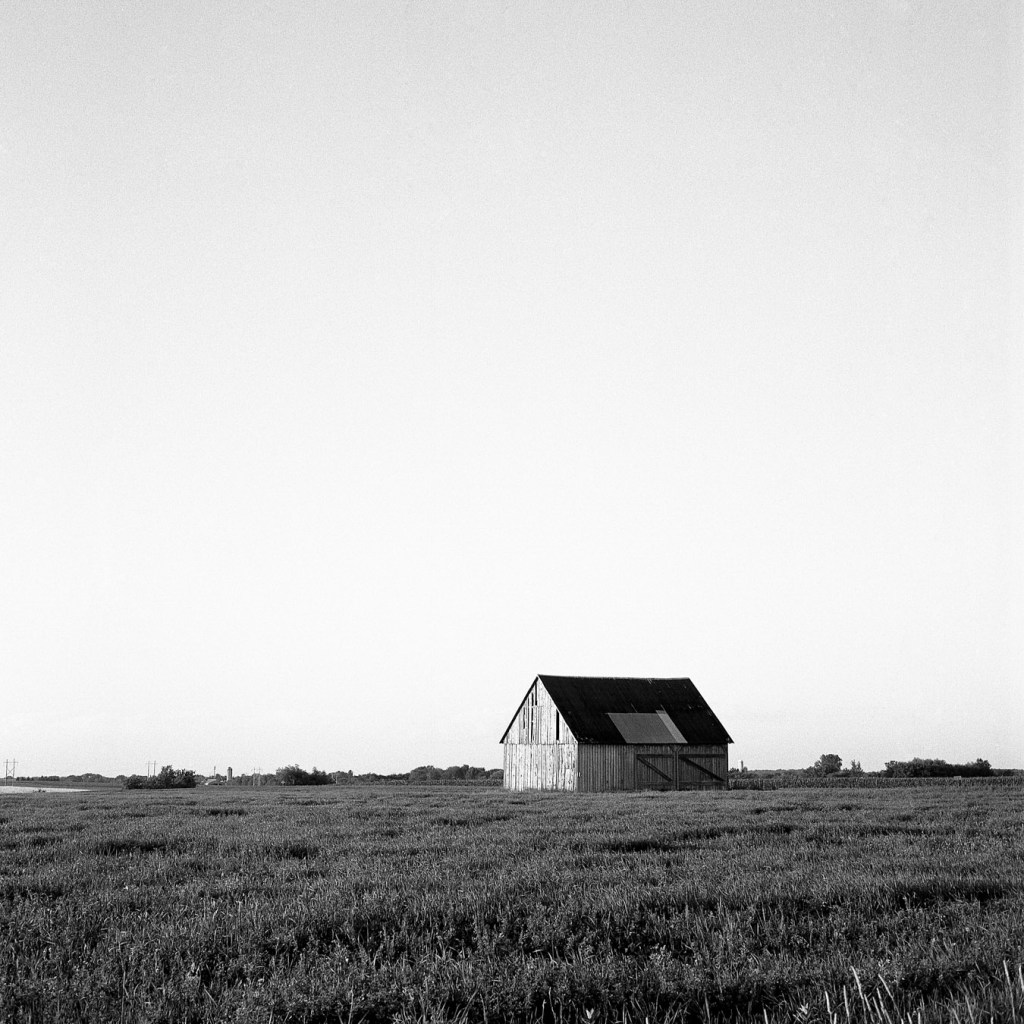
Oh I love that! I really should read some of Ansel’s stuff. I associate him so much with large format, I’ve never really thought of him shooting 120. So at what point in your film journey did you decide to start your YouTube channel and why?
Ansel actually shot on a Hasselblad sometimes, and he had a pretty decent camera collection! I mostly associate him with 8×10 as well, but it’s fun to know that he enjoyed other formats too!
I started my channel in 2018 (funnily enough on April Fool’s Day!) so at that point I had been shooting film again for a few years. [Editor’s note – Casual Photophile was opened on April Fool’s Day 2014! I guess we all have to be a little foolish to be shooting film these days, eh Jess?] Jody (my fiancé) had started his channel about his adventures in farming the year before, and I was in a few of the videos, and watching his process made me want to start my own channel.
The interaction he was getting from his audience made me realize that there was a bigger community out there, and I wanted to be a part of it. I had finished a year-long project photographing festivals in Montreal, so I had spent a year surrounded by happy people in a perpetual state of celebration, and all of a sudden I felt a little bereft, a little like I had lost my community. So when Kodak re-released P3200, I took a chance, and threw myself out there.
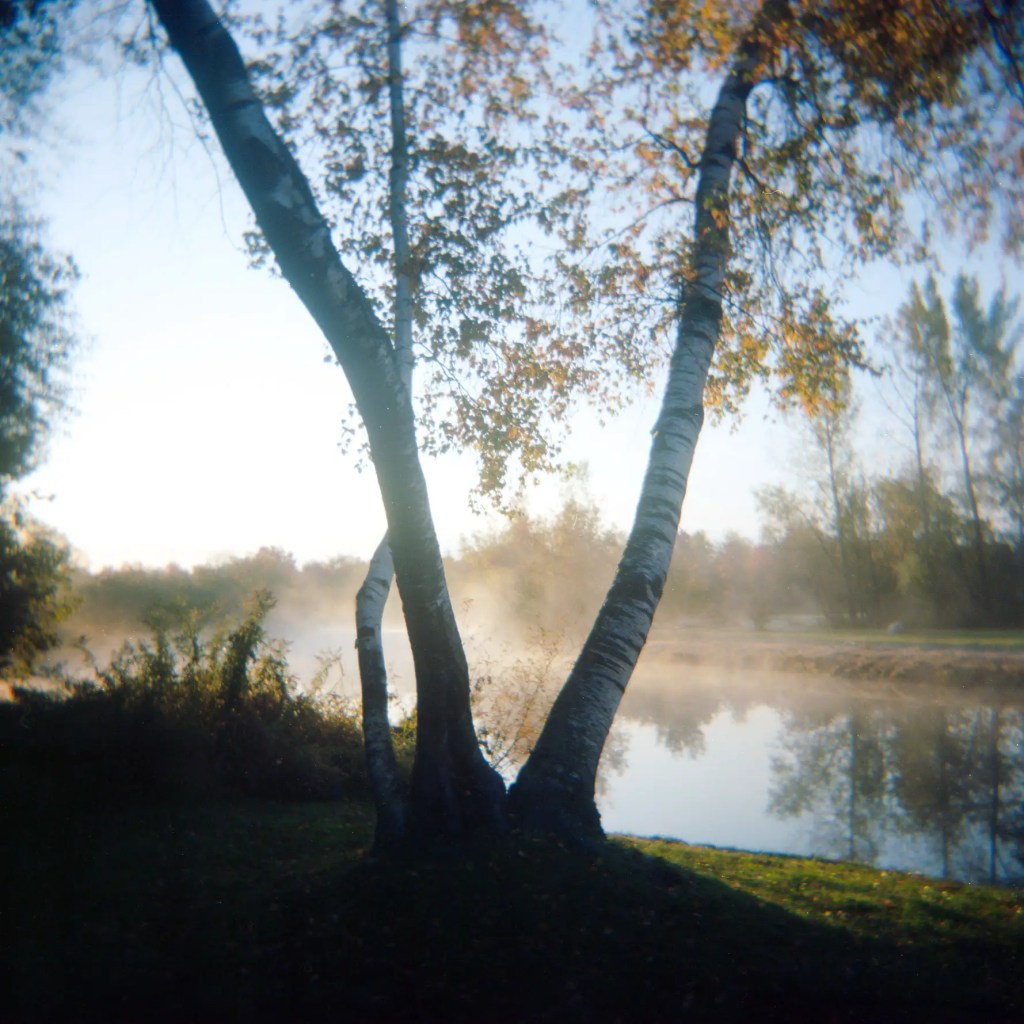
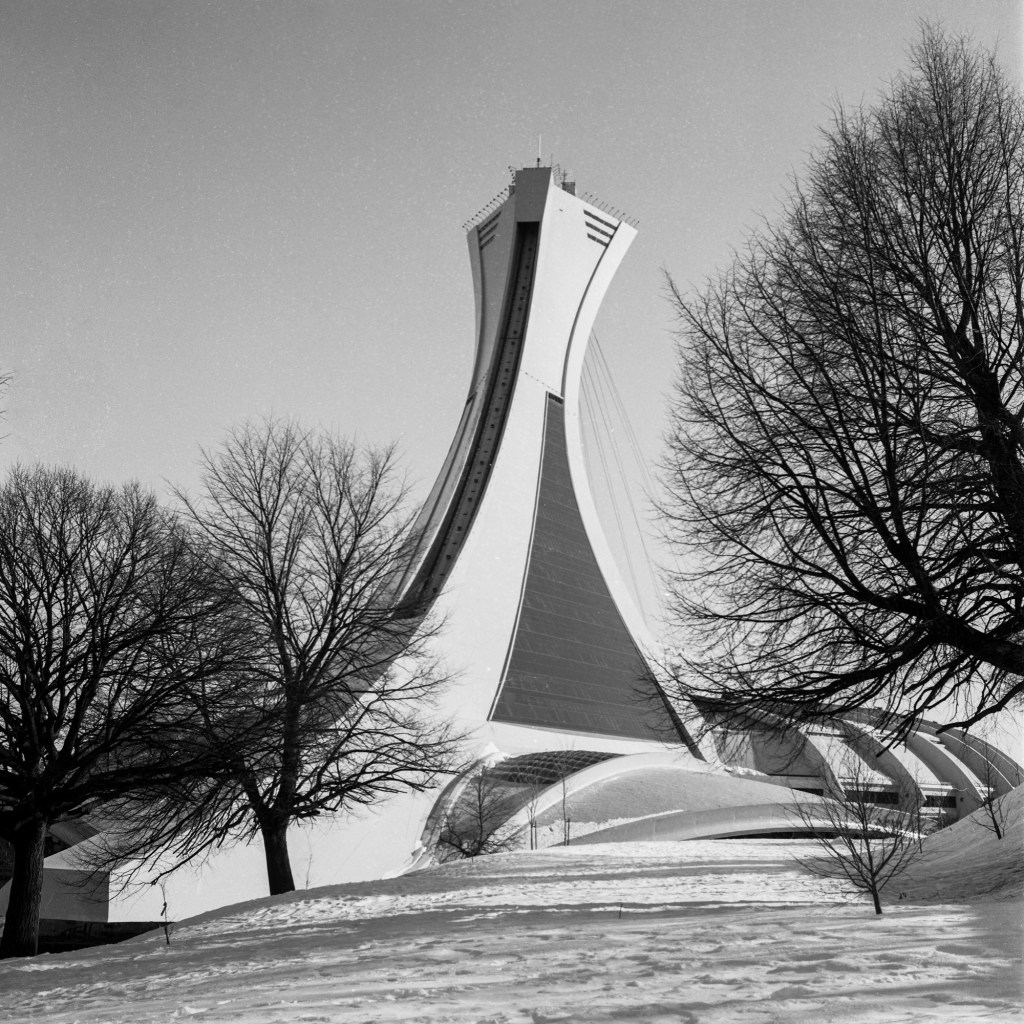
One of the things I’m always blown away by is the high production quality of your videos. It’s obvious that you put a lot of time and hard work into producing each one. Could you walk us through your typical process of creating one of your videos?
Most of my videos are heavily storyline based, whether it’s about a camera, a film stock, or even something happening in my life. When I was a kid, I used to sit beside my mom while she was weeding in our garden and make up stories, so my fascination with storytelling started young!
I’ll use my “The End of Alpha” video as an example, probably the most conceptual video I’ve done so far (but not the last!). That one was a few months in the making. I knew I wanted to film a video about Ferrania’s P30, but the story really only came to me when they announced they were releasing it as a finalized stock, no longer in their trial phase. I still had a roll of the Alpha release, so I thought it would be a nice ode to the film, and a way of ushering in the new era for me. It’s no secret that Jody is my videographer (there’s no way I could film myself!), which is great because then I always have a sounding board for my ideas.
For at least a month before we started filming we kept going back and forth on where to film, when to film, what kind of weather we were looking for, etc. We had ideas of what we wanted the video to say, and we were just waiting for the right time to happen. Once we were out there filming, the rest was relatively straightforward, making sure we got the b-roll we wanted, the right angles, and of course, good photos. Most of my videos are shot in one day, so then we go back in and spend a few days developing the film, editing, and making sure we’re happy with the results. The funny thing with that particular video was that I had lost my voice from a cold that week, so I had to record voice-overs later when it came back, but the overall effect ended up being exactly what I wanted.
Sometimes I’m lucky and the stories end up coming to me, like in my last two videos from my Fall 2020 series. I had been trying to figure out how to end that series, the end of fall was coming up and winter was quickly on it’s way. We had wanted to film one morning, but the night before we saw that the temperature was going to be -20°C (-4°F), so we decided to sleep in and go out in the afternoon after it had warmed up instead.
Unfortunately I ended up missing a beautiful hoar frost, and got out too late. I was super bummed out, but decided to film anyway since I wasn’t sure if I’d get another chance before winter. I’m glad I went, I still got some photos that I’m really happy with, but that feeling in the pit of my stomach just wouldn’t go away. Before going to bed that night, I saw the weather report, and they were calling for the exact same conditions the next morning, which hadn’t been on the radar earlier in the day. So, at 6 am in -20°C, we were out there filming, and I got the frost shots I wanted just in the nick of time! Videos like that are easier to film, the story is right there in front of me, but the conceptual ones are really rewarding when everything falls into place.
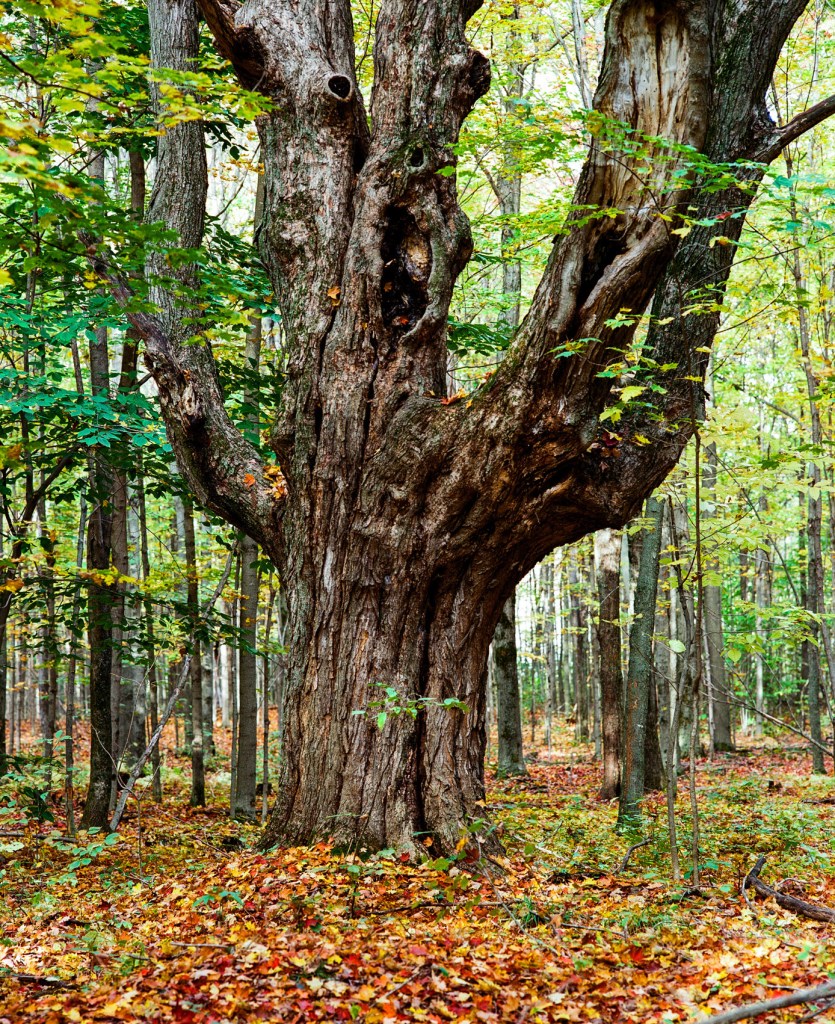
You’ve also somewhat answered my next question once again! You mentioned your recent Fall series, which I think is one of my favorites of yours (though it’s so hard to pick). How did the idea for that series come about?
There’s actually two parts to that answer. The first part: it’s been an idea I’ve mulled over for the last few years, and I just hadn’t had the time to execute. For those of you who have no idea who I am, I also work on Jody’s family farm over the growing seasons, and so fall is always a hectic time for us. Peak colors always happen during one of our main harvest times, so I’m usually watching the season change from the fields. I love being in the woods in the fall, but I also have to time my visits in between deer hunting season (in one of my videos, shots were fired not too far from me… not close enough to hurt me in any way, but enough to scare the crap out of me!). So finding time between all of that is challenging, and in past years I’ve just let the idea go.
The second part: I’m a huge fan of Ben Horne’s channel, especially when he takes his trips to Zion. I love the idea of travel/photography diaries, and his are a big source of inspiration for me. Of course, over the past year, travelling has been limited and not recommended, but I am lucky enough to have 200 acres at my disposal.
I liked the idea of combining the inspiration I had from Ben’s videos with the woods that I call home, and giving people a real idea of what fall in Canada looks like throughout the entire season. It’s funny, because originally it was only going to be three episodes, but over time, Jody and I realized we could make it into a mini-series. We also thought it would be neat to add in bits of history about the area too, and part of me was really hoping to pass on some of the inspiration I had gathered, kind of like a pay-it-forward. The biggest hope I have with my channel is that it helps to inspire people to just grab their cameras, go outside, and shoot away.
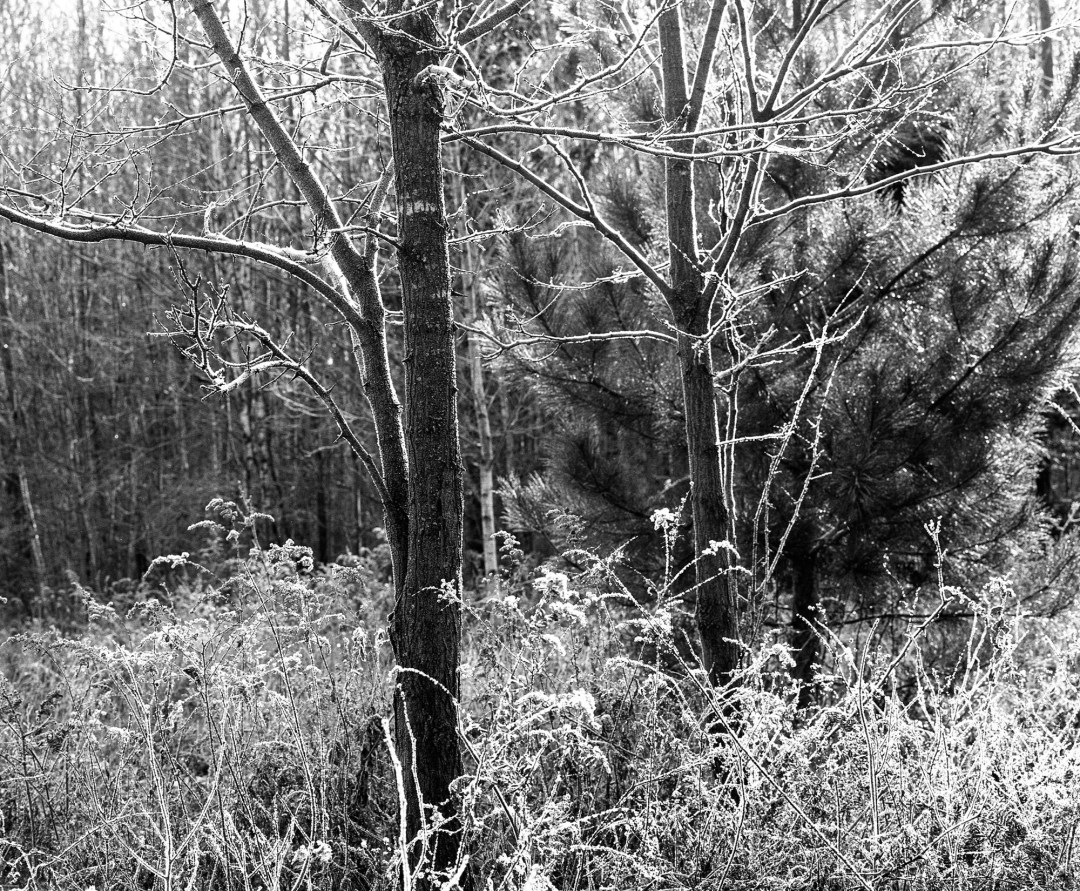
Well you always inspire me to get outside and shoot, anyway. One of the things I’m very envious about is the Polaroid back you have on your Mamiya RB67. What is your favorite photo you’ve made with this setup, and why is it your favorite?
I would love to get all philosophical here and say something like “my favourite photo is the one I haven’t taken yet,” or something silly like that, but the truth is, it’s the shot of the star trails over our garage.
Being able to shoot star trails on Polaroids is such a coup for me, it’s probably one of my favourite photos I’ve ever taken. That one took some trial and error too, and it almost didn’t make it into my Fall Polaroid Week video because I screwed up the exposure twice, and I wasn’t supposed to get a third chance before the video came out.
On the first night, I set up my shot, and I honestly wasn’t expecting much. I had some experience shooting star trails on film back when I was still a student, but I hadn’t done it in ten-ish years, so I was kind of re-learning how to do them. I chose the wrong aperture, and the exposure time wasn’t long enough, but I knew I had another chance the next night. The test was successful, but not a good enough image, so I set up again, and adjusted my settings. The problem is that I got nervous and second-guessed myself and my settings, so as I was double-checking everything, I accidentally shone my flashlight directly into the back, and ended up causing a light leak on what would have been a perfect shot. On top of it, the weather reports were calling for cloud cover every night until after the video came out, so I thought I had really bungled up my chances.
But, luck was on my side, and the skies cleared that night! So I ran outside, set up my camera, knew exactly what to do, and I got the shot I wanted! It’s funny, when I think about it now, I realize that 2020 was kind of like my “second chances year”… I managed to get redemption a few times that I thought I had really messed up. Maybe I have a photographic guardian angel somewhere!
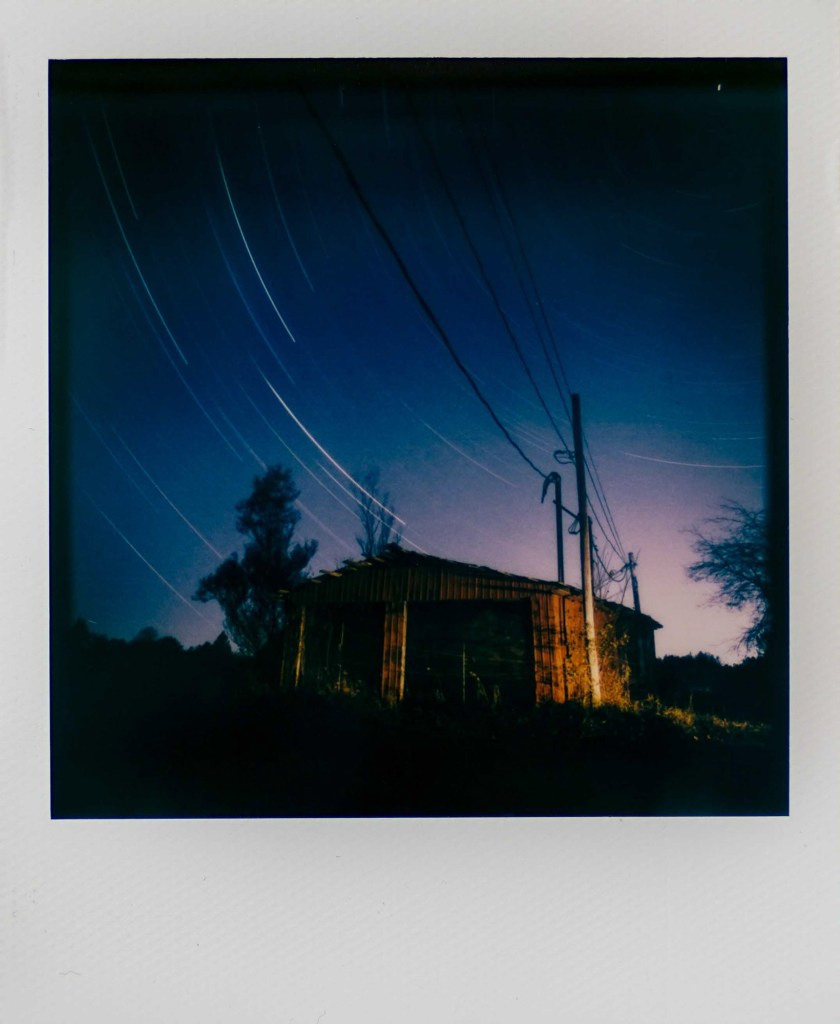
What a cool story and great way to think of 2020! It was such a rough year for so many people, I love trying to find the good in it. As you’ve mentioned a large part of your life is living and working on a farm with your partner. Do you feel there’s anything you’ve learned from these experiences that has translated into your photography?
Good question. I think the biggest thing that working and living on a farm has taught me is the notion of “playing through the pain.” At times we are so busy, literally rushing through the daylight to get the job done before it is too dark to see, that we can’t stop no matter what. If we’re tired, hungry, or even hurt, we have no choice but to keep going, otherwise it could mean that our crops will die and we’ll lose our income. Sometimes, when we think we are at our breaking point, that we couldn’t possibly put our bodies through any more, we still find ourselves able to summon up the strength and keep going until we have done the job.
In my photography experiences, this idea has helped me a lot. A few years ago, I did a year-long project photographing as many festivals as I could in the city of Montreal (I ended up attending 225 total). The summer months were the most brutal, not only was it a very hot summer, but some days I could have as many as five festivals to attend, or seven in a weekend, or even ten in a week. I had color-coded calendars to keep myself to a schedule, and I even had to miss out on a few because I either found out about them too late, or I just couldn’t make them fit in with the others. I was exhausted, my feet were killing me, and I had even gotten yelled at for taking someone’s picture, but I couldn’t stop. I had actually started blogging about my experiences, and I had been invited onto two local news channels, so I felt like I had to keep going, not just for myself, but for anyone who might be following along. (I even got “recognized” at another festival after being on the news, which was really fun for me!) I know it could easily be dismissed as “just a photo project”, and I was making up the rules anyways, but I didn’t want to stop either. I wanted to prove to myself that I could do something like this.
And honestly, for the most part it really wasn’t that difficult. It was a fun project to do. I met a lot of really nice people and had some experiences that I will never forget. But the highs were high and the lows were low. During the low moments, I almost gave up. I started to get scared, I started listening to the voices in my head telling me that I couldn’t do it, and I almost quit. But I didn’t quit. I found the strength to keep going, to keep getting out there, and I finished the project, and it was honestly one of my proudest moments. Sorry, that was a really long answer and probably not what people were expecting, but it’s the truth!
For me, working on the farm has made me realize that I can push myself so much harder than I ever thought possible. Every time I do a difficult job, I think that’s the most I could ever do, and then I somehow surpass it the next job. That’s not to say that I don’t have low moments, times when Imposter Syndrome sets in and I doubt everything, but farming has taught me that the strength is in there somewhere, I just need to find it.
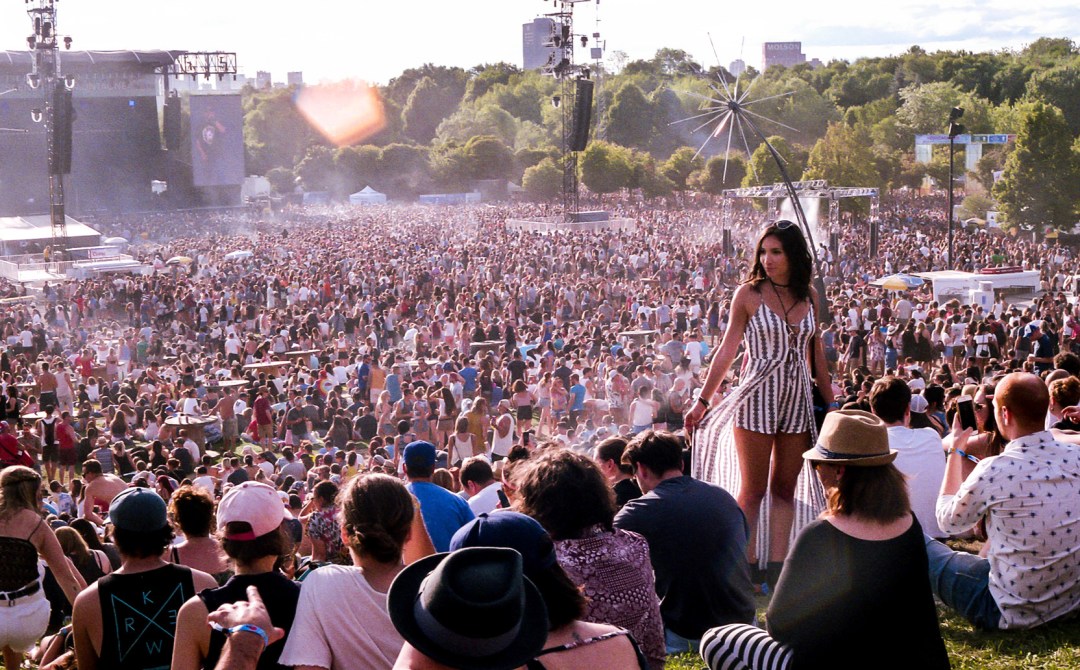
I absolutely love that story! I’ve heard you talk about your Festival project before and I never realized what a huge undertaking that must have been. Milwaukee is also known for being a big festival city and I’m exhausted after going to just one. I can’t imagine fitting five into one day! I’ve also noticed you tend to shoot a lot of medium format in your videos. Overall would you say you prefer 120 film over 35mm?
I once heard that Montreal had also been dubbed “Festival City,” so I thought it would be fun to see just how true that was. It was a lot of fun, and luckily there were also a lot of comedy and film fests, so every now and then I got to sit and relax a bit! But I don’t think I could do it again with the same kind of energy now!
I do prefer shooting 120. I just love the larger negative size, and the cameras are a lot of fun to shoot with, too. I do enjoy shooting with my 35mm SLRs as well, and so far this year I’ve been shooting a lot more 35mm. Some films are only produced in 35mm, like the Kodak consumer-grade color films or Agfa Vista (I still have 19 rolls stashed away – that was hands-down my favorite color film!), so I have no choice when it comes to those. When it comes to black-and-white though, I prefer shooting in 120. Those negatives are such a joy to print from! At the end of the day, I’ll shoot with anything I have on hand though. I can’t seem to stop myself from buying cameras!
Soon you’ll be the CanadianGirlWithTooManyCameras! Since you mentioned that Agfa Vista you have stored away, what would you say is your most favorite film stock?
I blame the Classic Camera Revival podcast guys for enabling me! So many times while I’m listening to an episode, I’m also frantically searching for the cameras they’re talking about! My collection has definitely grown since I’ve discovered them!
If I had to pick just one film, it would have to be Ilford HP5. That film is so versatile, comes in multiple formats, and I prefer working in B&W over color. That said, I am still mourning the demise of Agfa Vista. That film was just amazing. It shot well at box speed, and it handled being pushed to ISO 1600 like a dream – it was the best color film. Kodak Ultramax is a close second for me, and I have also recently fallen in love with Ektar. Oh, and Lomochrome Purple.., and Lomo 800. Hmmm, as it turns out, I think I like collecting film as much as I do cameras!
I’m a Kodak girl myself so I especially love Ultramax and the Lomo color negative stocks too. As we’re wrapping up, are there any areas of photography that you haven’t yet been able to explore but would love to if given the chance?
Large format for sure, cyanotypes, wet plate collodion. I’m definitely hoping to buy an Intrepid this spring, and then I’d love to do cyanotyped contact prints. Wet plate collodion fascinates me, I love watching Borut Peterlin’s channel, but it also scares the crap out of me, so that’s a longer term goal for now. Oh, and I’ve always thought it would be neat to learn how to platinum/palladium print too!
You would nail all of those! Jess, thank you so much for taking the time to talk. It’s honestly been so much fun getting to know more about your photographic history. Before I let you go, is there anything else you would like to share?
First off, thank YOU for inviting me to chat, Danielle, and for all of the hard work you put into the community, especially in highlighting the work of fellow female film photographers.
I’ve talked quite a bit about my YouTube channel, and my hopes that it will inspire people, and I just wanted to mention that I myself draw a lot of my inspiration from the wonderful community around me. On YouTube, some of my favorites (other than the ones previously mentioned) are Aly’s Vintage Camera Alley, Mat Marrash, Karin Majoka, and IslandxFilm. Northern Film Collective (@northernfilmcollective) have an amazing curated Instagram page featuring Canadian film photographers, and Roxanna Angles (@roxannalog) inspires me constantly with her beautiful work. And of course, I love listening to podcasts… all joking aside, Classic Camera Revival is a great one, and I also enjoy Negative Positives, Analog Talk, Embrace the Grain, and Sunny 16.
There is so much inspiration to be found out in the world, and it never ceases to amaze me how wonderfully creative people can be, and I’m really glad to be a part of the film community.
I completely agree! Nothing is more inspiring than our fellow, talented creators. Thank you so much for sharing so many wonderful artists!
More from Jess here – Instagram and YouTube
Follow Casual Photophile on Facebook and Instagram
[Some of the links in this article will direct users to our affiliates at B&H Photo, Amazon, and eBay. By purchasing anything using these links, Casual Photophile may receive a small commission at no additional charge to you. This helps Casual Photophile produce the content we produce. Many thanks for your support.]
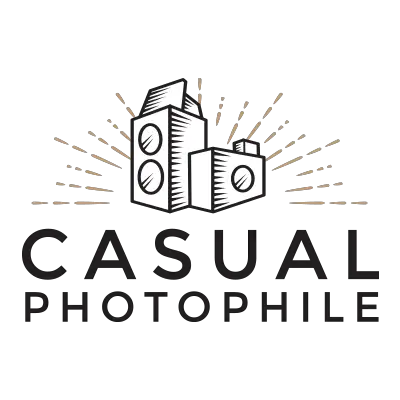
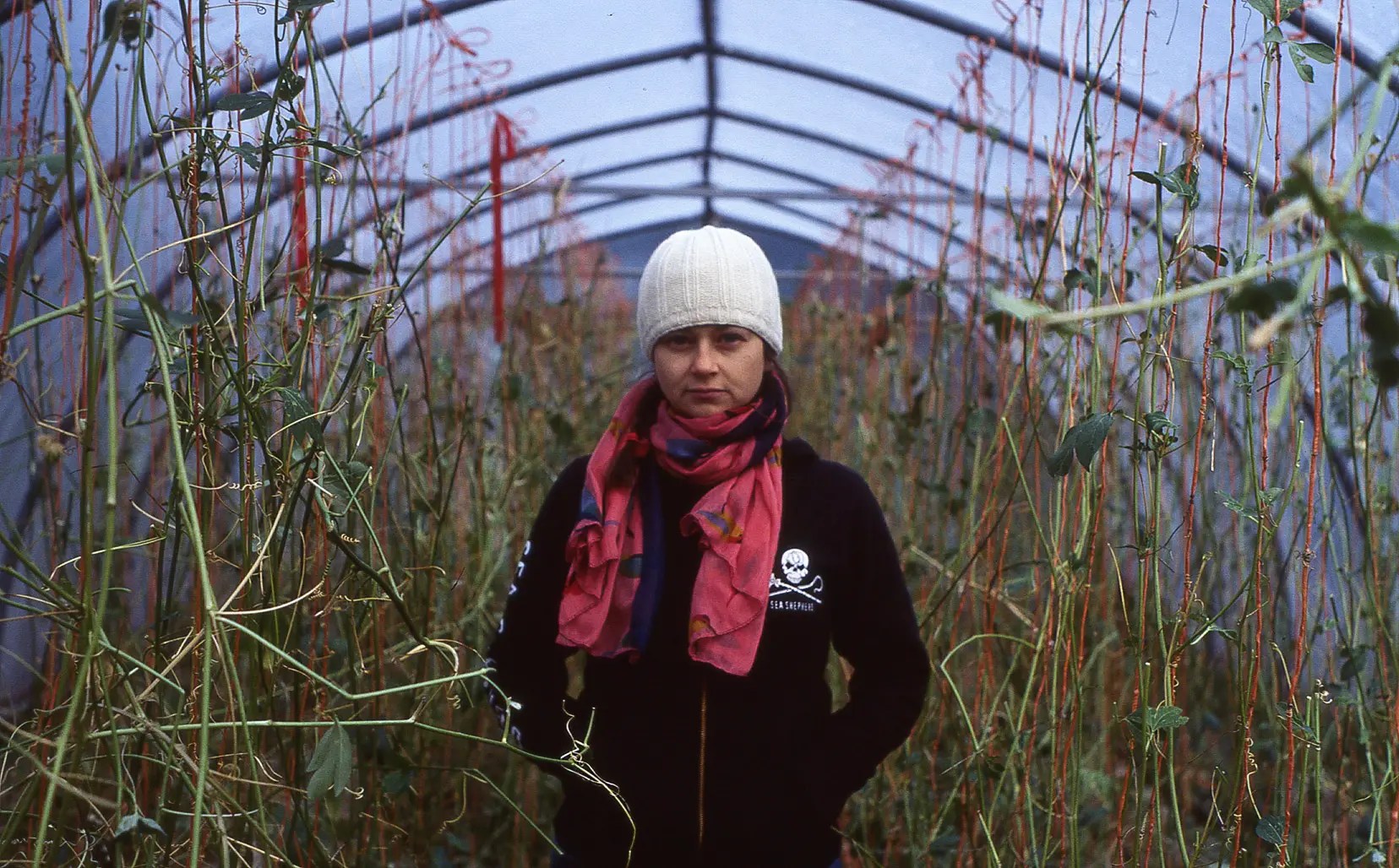
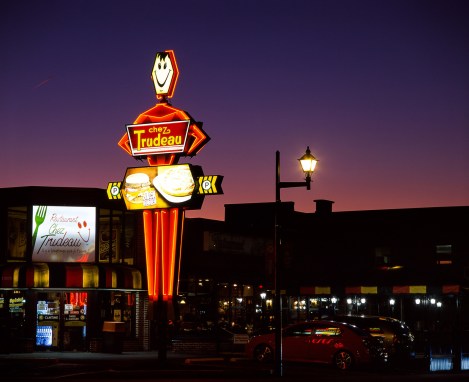
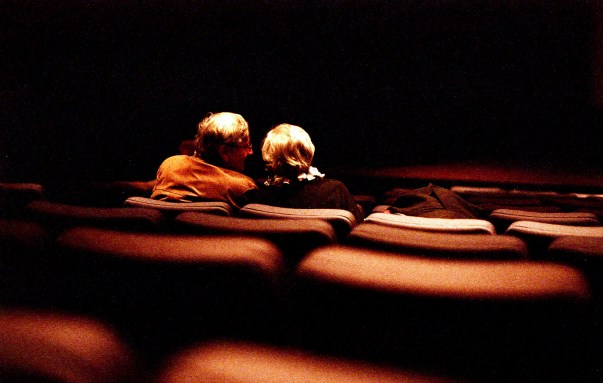

clap clap clap clap clap : BRAVO
Perfect.
Sometimes we can not say too much : it is excellent, great, perfect = LOVE IT
CASUALPHOTOPHILE.COM has a very high level of gret reviews !!!
THANK YOU SO MUCH